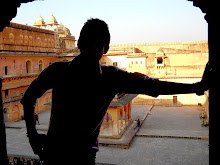During the first millennium BCE in India, many texts were composed which attempted to codify aspects of daily life. In the matter of dance, Bharata Muni's Natyashastra (literally "the text of dramaturgy") is the one of the earlier texts. Though the main theme of Natyashastra deals with drama, dance is also widely featured, and indeed the two concepts have ever since been linked in Indian culture. The text elaborates various hand-gestures or mudras and classifies movements of the various limbs of the body, gait, and so on. The Natyashastra categorised dance into four groups and into four regional varieties, naming the groups: secular, ritual, abstract, and, interpretive. However, concepts of regional geography has altered and so have regional varieties of Indian dances. Dances like "Odra Magadhi", which after decades long debate, has been traced to present day Mithila-Orissa region's dance form of Odissi, indicate influence of dances in cultural interactions between different regions.
From these beginnings rose the various classical styles which are recognised today. Therefore, all Indian classical dances are to varying degrees rooted in the Natyashastra and therefore share common features: for example, the mudras, some body positions, and the inclusion of dramatic or expressive acting or abhinaya. The Indian classical music tradition provides the accompaniment for the dance, and as percussion is such an integral part of the tradition, the dancers of nearly all the styles wear bells around their ankles to counterpoint and complement the percussion.


No comments:
Post a Comment